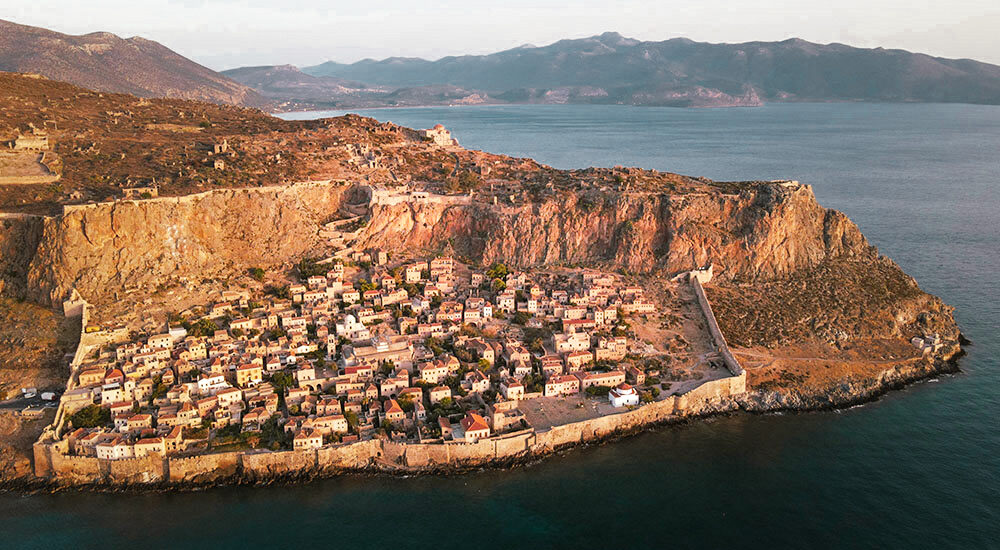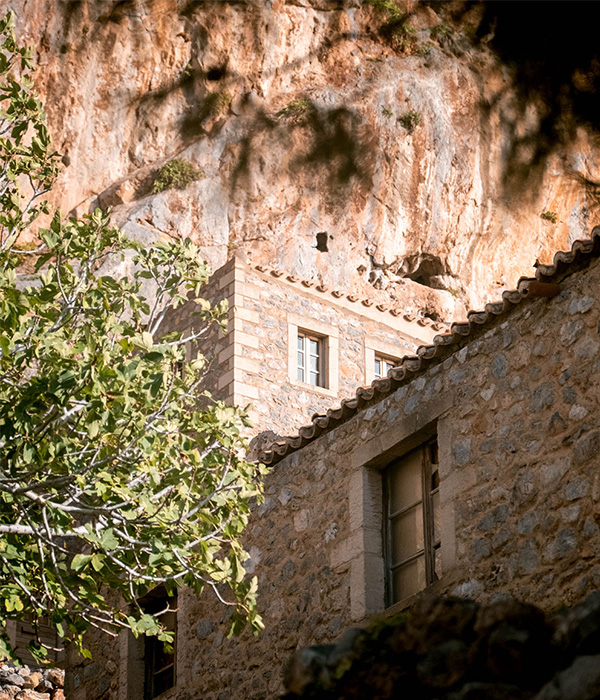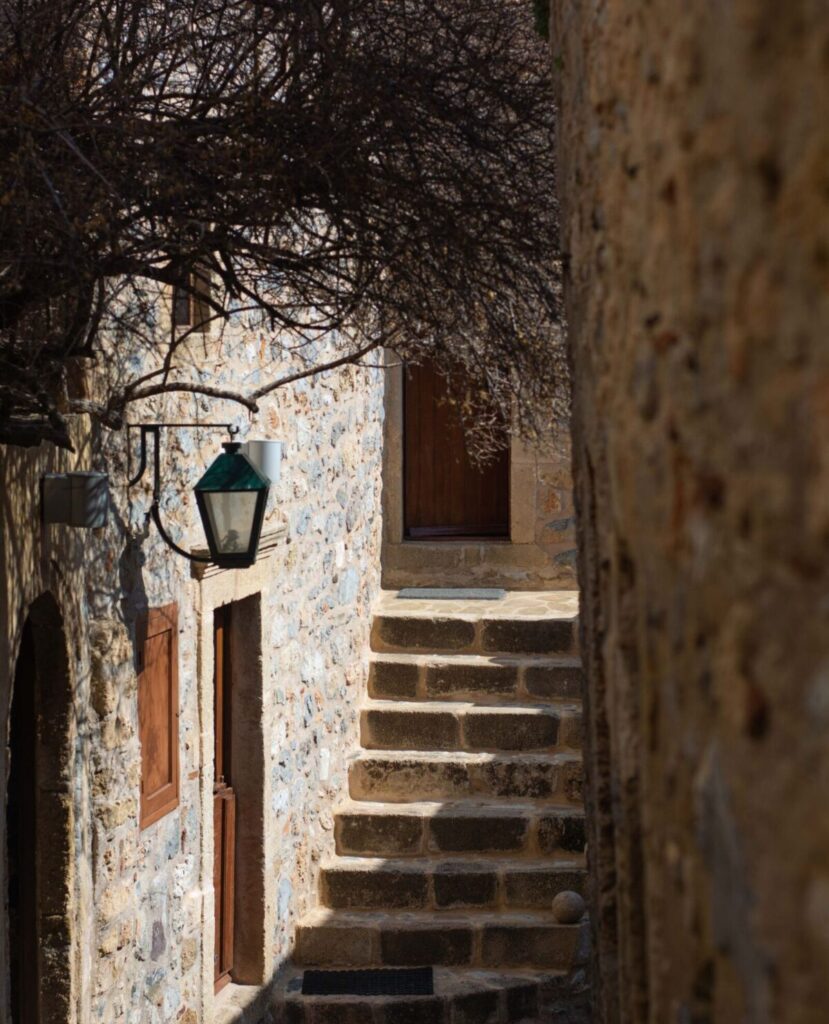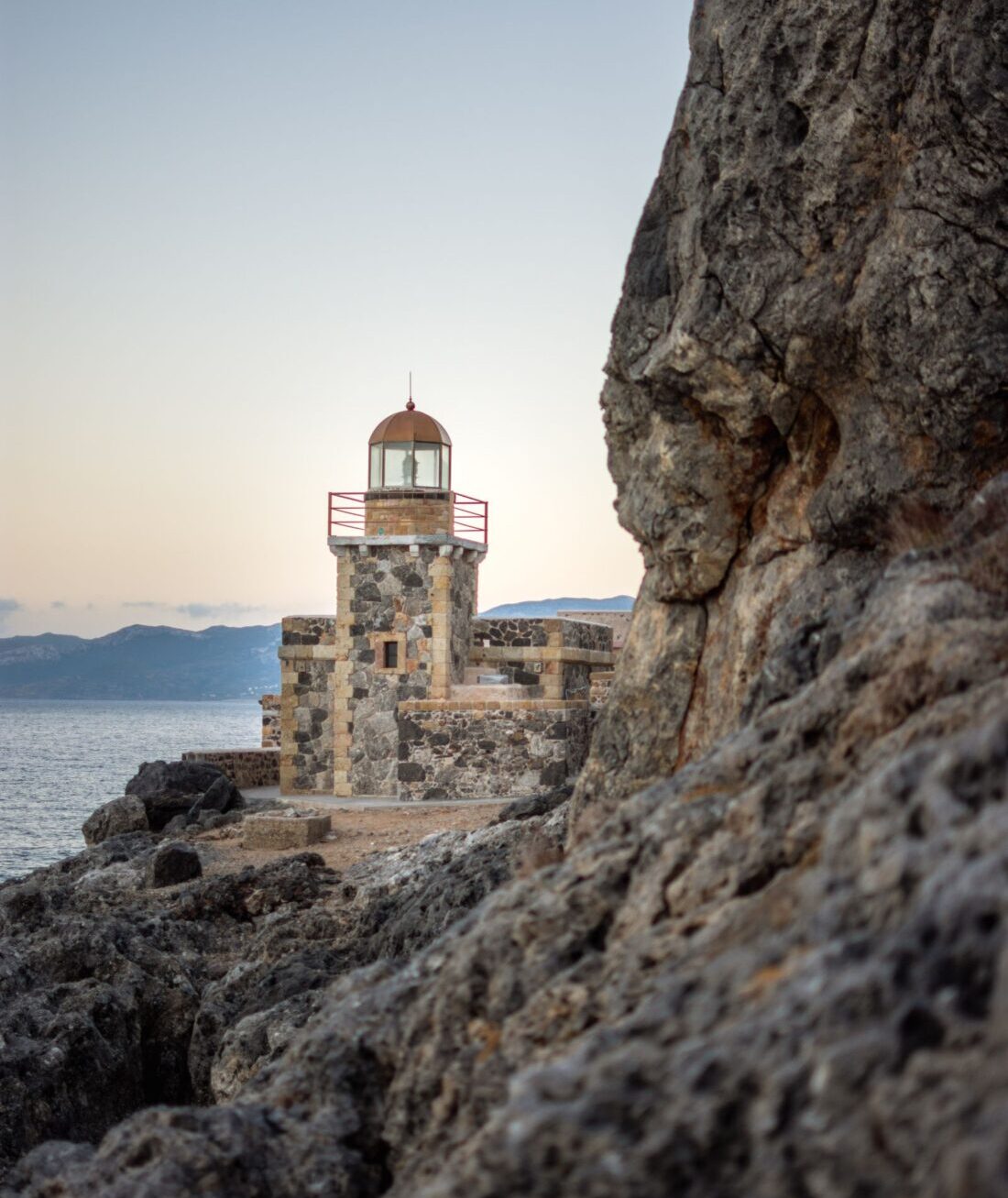ΜΟΝΕΜΒΑΣΙΑ

Η Μονεμβασία είναι ένας φημισμένος τόπος με αδιάλειπτη ανθρώπινη παρουσία από τον 6ο π.Χ. αιώνα, οπότε και γίνεται σαφής αναφορά για την περιοχή στις πηγές, έως σήμερα.
Η καστροπολιτεία χτίστηκε τον 6ο μ.Χ. αιώνα από Λάκωνες που μετοίκησαν εκεί. Γνώρισε πολλούς κατακτητές και τα σημάδια των διαφορετικών πολιτισμών – Βυζαντινών, Φράγκων, Ενετών, Οθωμανών – παραμένουν έως σήμερα ανεξίτηλα, προσκαλώντας τον επισκέπτη να τα ανακαλύψει.
Από την αρχή της ίδρυσης της, λόγω της καίριας θέσης της στον θαλάσσιο δρόμο της Ανατολικής Μεσογείου, αναδείχθηκε σε σημαντικό εμπορικό λιμάνι, ώστε από τον 12ο αιώνα να στηρίζεται οικονομικά σε μεγάλο βαθμό από το εμπόριο. Οι κάτοικοι ήταν ιδιαίτερα δεμένοι με τη θάλασσα, και μάλιστα ο αυτοκράτορας Ανδρόνικος Β’ Παλαιολόγος (1282-1328), τους αποκαλούσε έθνος «ικανόπλοον και θαλαττουργόν».
Στο δεύτερο μισό του 14ου αιώνα οι Μονεμβασιώτες είχαν αναπτύξει σημαντική εμπορική δραστηριότητα στην Πελοπόννησο, την Κρήτη και τη Βενετία. Παρά τις σοβαρές αντιθέσεις μεταξύ Βυζαντινών και Βενετών εμπόρων και παρά την αστάθεια και την ανασφάλεια που επικρατούσε στην ευρύτερη περιοχή της Πελοποννήσου, οι εμπορικές ανταλλαγές και οι σχέσεις δεν διακόπηκαν.
Οι εμπορικοί δεσμοί δημιούργησαν τις προϋποθέσεις για τη διάδοση του μονεμβασιώτικου γλυκού οίνου, ο οποίος στην αγορά της Βενετίας ήταν γνωστός με το όνομα “Malvasia”.




